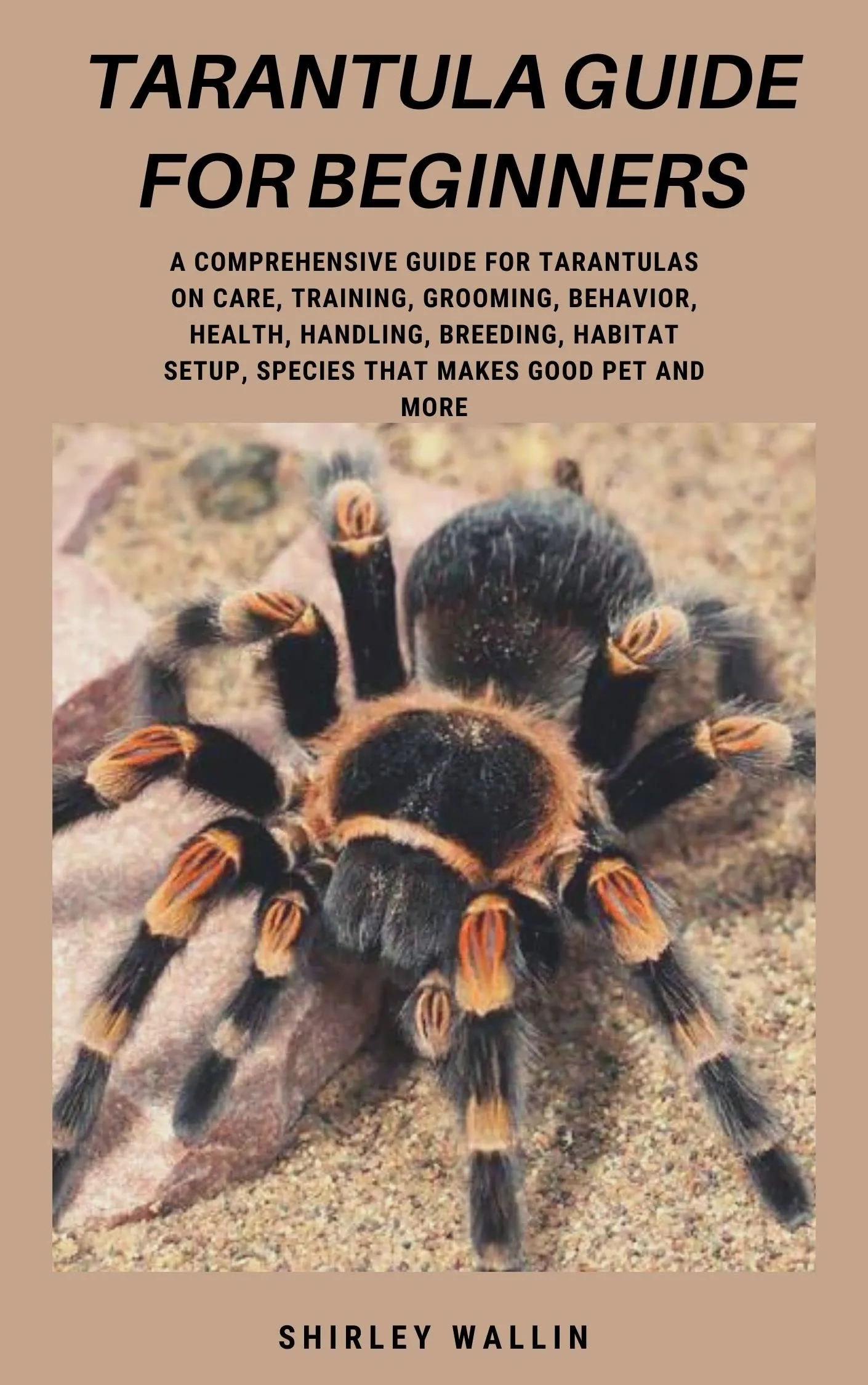Understanding Beginner Tarantulas
Venturing into the world of tarantula ownership can be an incredibly rewarding experience. These fascinating arachnids, with their striking appearances and relatively low-maintenance needs, have become increasingly popular pets. However, not all tarantulas are created equal when it comes to being beginner-friendly. This guide will navigate you through the essential aspects of choosing and caring for your first tarantula, ensuring a positive and enjoyable experience for both you and your new eight-legged friend. Understanding the unique characteristics and requirements of these creatures is the first step toward becoming a successful tarantula owner, opening the door to a captivating hobby filled with wonder and discovery. By focusing on the right species and following proper care guidelines, you can enjoy the unique companionship that tarantulas offer.
What Makes a Tarantula Beginner-Friendly
Several factors contribute to a tarantula’s suitability for beginners. Temperament, size, growth rate, and care requirements are key considerations. A docile temperament reduces the risk of defensive behavior, making handling safer and more manageable. A slower growth rate means less frequent molting and a more predictable routine. Easy-to-meet care needs, such as stable humidity levels and readily available food sources, simplify the overall management of the tarantula. By carefully considering these factors, prospective owners can choose a species that aligns with their experience level and lifestyle, setting the stage for a successful and fulfilling tarantula-keeping journey.
Temperament and Handling
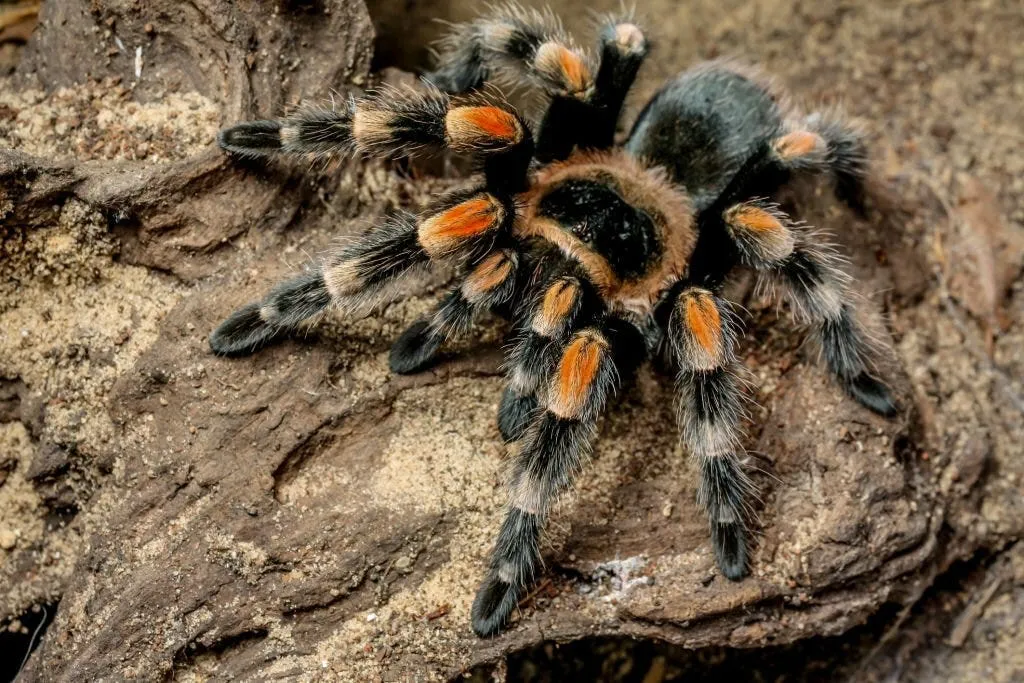
Temperament is paramount when selecting a beginner tarantula. Some species are naturally more docile and less prone to defensive behaviors like biting or kicking hairs, which can cause skin irritation. While tarantulas are not typically handled frequently, their temperament still impacts the overall experience. Researching the specific species’ disposition is essential. Gentle and patient handling, if desired, is crucial. Avoid sudden movements and always supervise children around the tarantula. Building trust and understanding your tarantula’s behavior will contribute to a safer and more enjoyable experience for both the owner and the pet.
Size and Growth Rate
The size and growth rate of a tarantula affect its habitat needs and overall management. Smaller species generally require less space, making them ideal for beginners with limited room. Slower-growing tarantulas require less frequent molting, which can be a stressful period for both the spider and the owner. Faster growth may require more frequent feeding and larger enclosures as the tarantula matures. Considering these factors will help you choose a species that aligns with your available space, commitment level, and preferences for a more predictable and manageable pet-keeping experience. Slower growth rates often translate to more relaxed maintenance schedules.
Care Requirements
Care requirements are a critical consideration for beginner tarantulas. Species with simpler needs are easier to maintain, reducing the likelihood of complications. Key aspects include proper humidity levels, temperature control, and readily available food. Some tarantulas are more tolerant of fluctuations in these parameters than others. Researching the specific needs of the chosen species is essential, as it directly impacts their health and well-being. Opting for species with straightforward care routines increases the chance of success for novice keepers, allowing them to enjoy their pet without the stress of complex setups or specialized maintenance requirements. Careful attention to these factors will result in a healthier and happier tarantula.
Top 5 Beginner Tarantula Picks
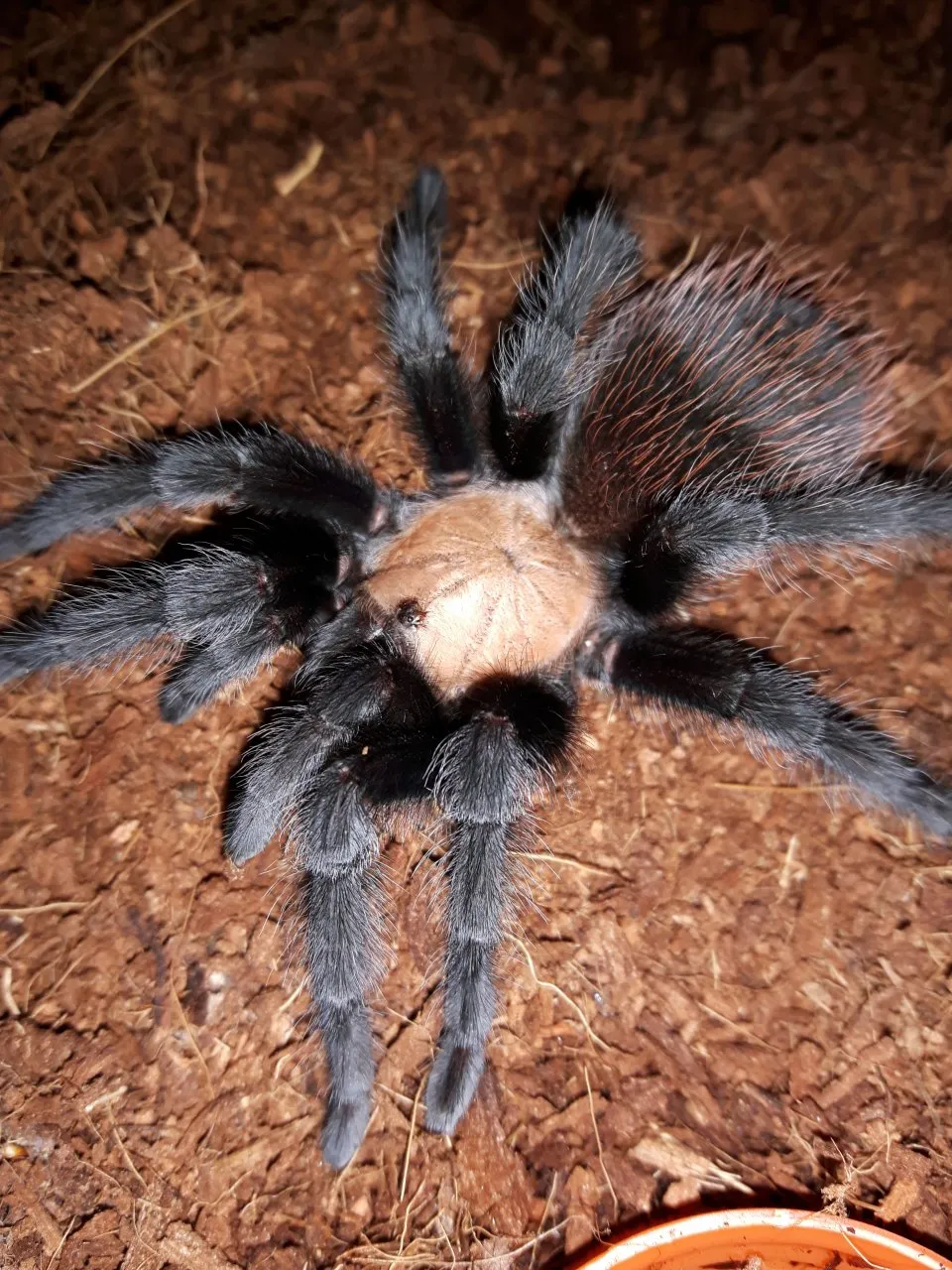
Here are five excellent tarantula species that are often recommended for beginners, considering their temperament, care requirements, and overall suitability for novice owners.
1. Chilean Rose Hair Tarantula
The Chilean Rose Hair (Grammostola rosea) is a popular choice due to its docile nature and relatively low maintenance needs. These tarantulas are generally calm and slow-moving, making them less likely to bite or kick hairs. They have a moderate growth rate, and their care requirements are straightforward, including a simple habitat setup and a diet of insects. This species’ easygoing nature makes it a great option for first-time tarantula owners.
Appearance and Characteristics
Chilean Rose Hair tarantulas are known for their reddish-brown hairs and docile temperament. They are typically around 5-6 inches in leg span when fully grown. They have a lifespan of up to 20 years for females, making them a long-term commitment. Their attractive appearance and gentle behavior make them a favorite among tarantula enthusiasts.
Care and Habitat
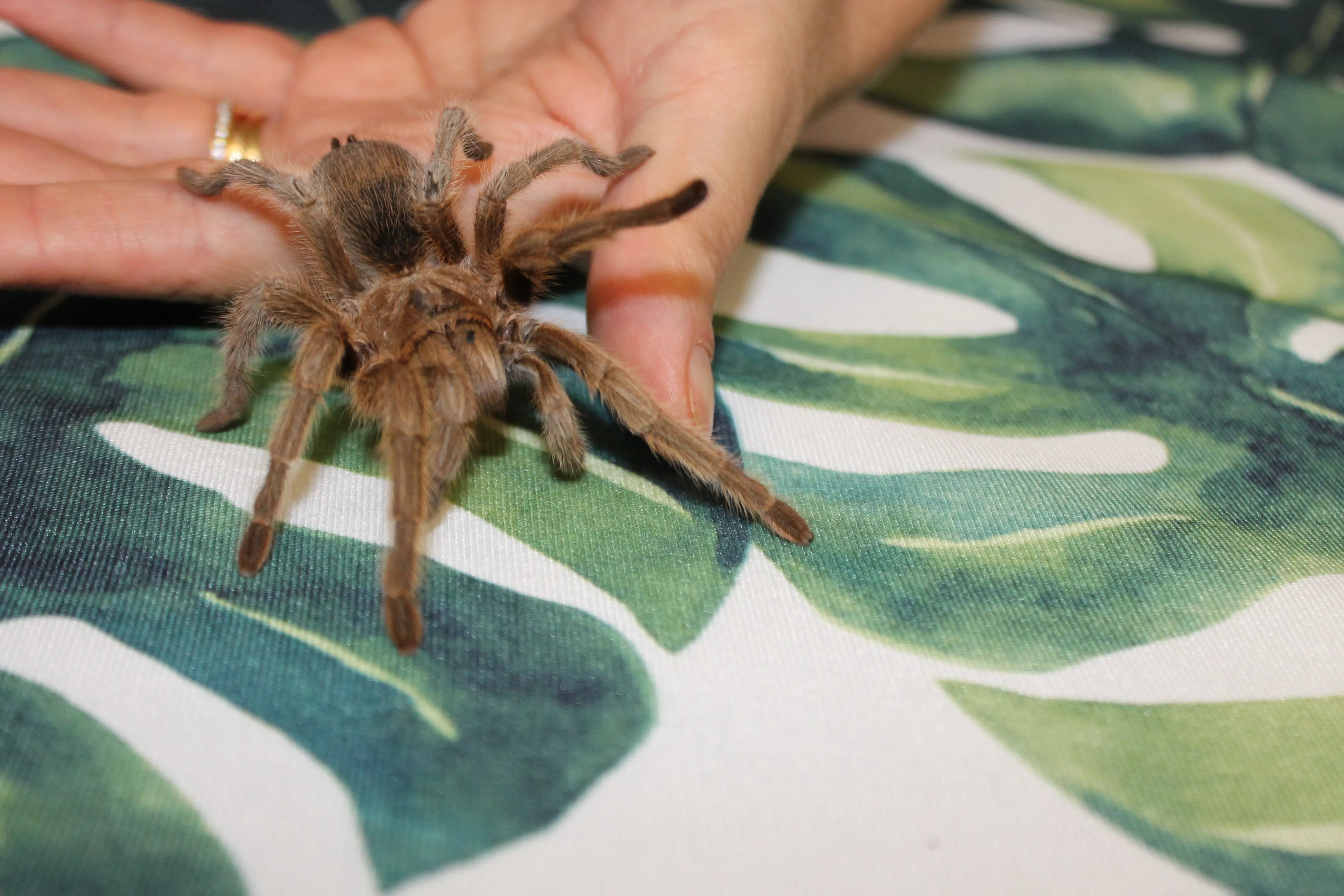
These tarantulas thrive in a terrestrial setup with a substrate of coco fiber or peat moss. They require a shallow water dish and a hide, such as a cork bark. Maintaining a temperature of 75-85°F and a moderate humidity level is ideal. They are primarily fed insects like crickets or mealworms, with feeding frequency dependent on their age and size. Simple and easy care makes them ideal for new owners.
2. Mexican Red Knee Tarantula
The Mexican Red Knee (Brachypelma hamorii), also a widely popular choice, is celebrated for its striking coloration and generally calm disposition. They are known for their beautiful red and black markings, and their relatively docile temperament makes them a favorite for beginners. Although they may kick hairs as a defense mechanism, they are not typically aggressive. Their care requirements are relatively straightforward, making them a good option for beginners interested in a beautiful species.
Appearance and Characteristics
Mexican Red Knees are easily recognizable by their vibrant red and black leg markings. They can reach a leg span of up to 6 inches. These tarantulas have a moderate growth rate and can live for many years, making them a fascinating pet to observe. They are known for their beautiful colors and gentle nature.
Care and Habitat
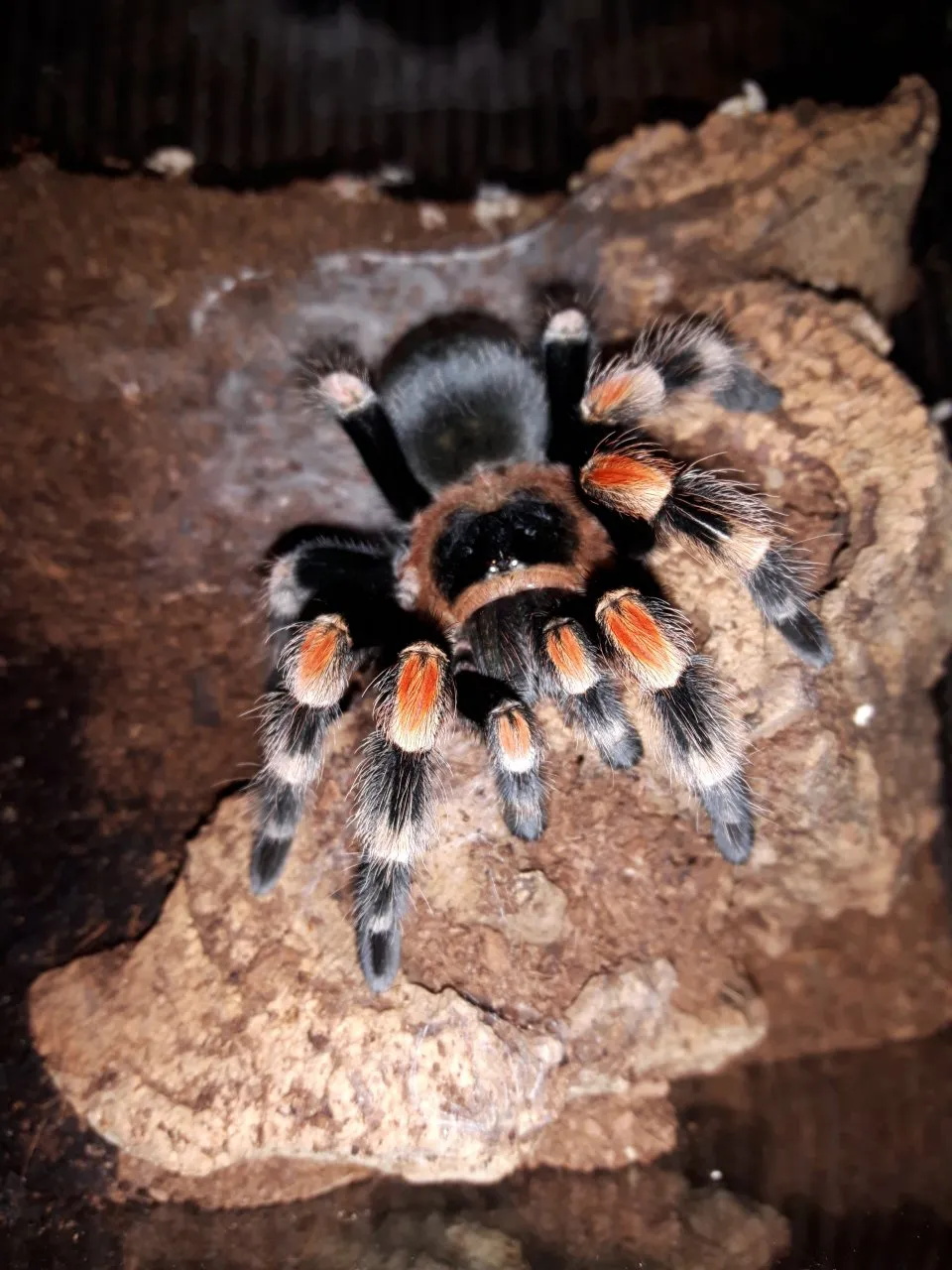
A terrestrial setup with a substrate of coco fiber or peat moss is suitable. They require a shallow water dish and a hide. Maintaining a temperature of 75-85°F and low to moderate humidity is essential. They feed on insects, such as crickets or roaches. A spacious enclosure and proper ventilation are vital for their well-being. They require less handling and more observation.
3. Costa Rican Zebra Tarantula
The Costa Rican Zebra Tarantula (Aphonopelma seemanni) is another excellent option for beginners. Known for its striking black and white striped legs, this tarantula is relatively hardy and easy to care for. While they can be skittish, they are generally not aggressive. Their relatively low maintenance needs and attractive appearance make them a good choice for new tarantula owners.
Appearance and Characteristics
This tarantula is easily recognized by its distinctive black and white striped legs. Adults reach a leg span of about 5-6 inches. They have a moderate growth rate and a lifespan of several years. Their unique appearance and manageable care requirements make them a great beginner choice.
Care and Habitat
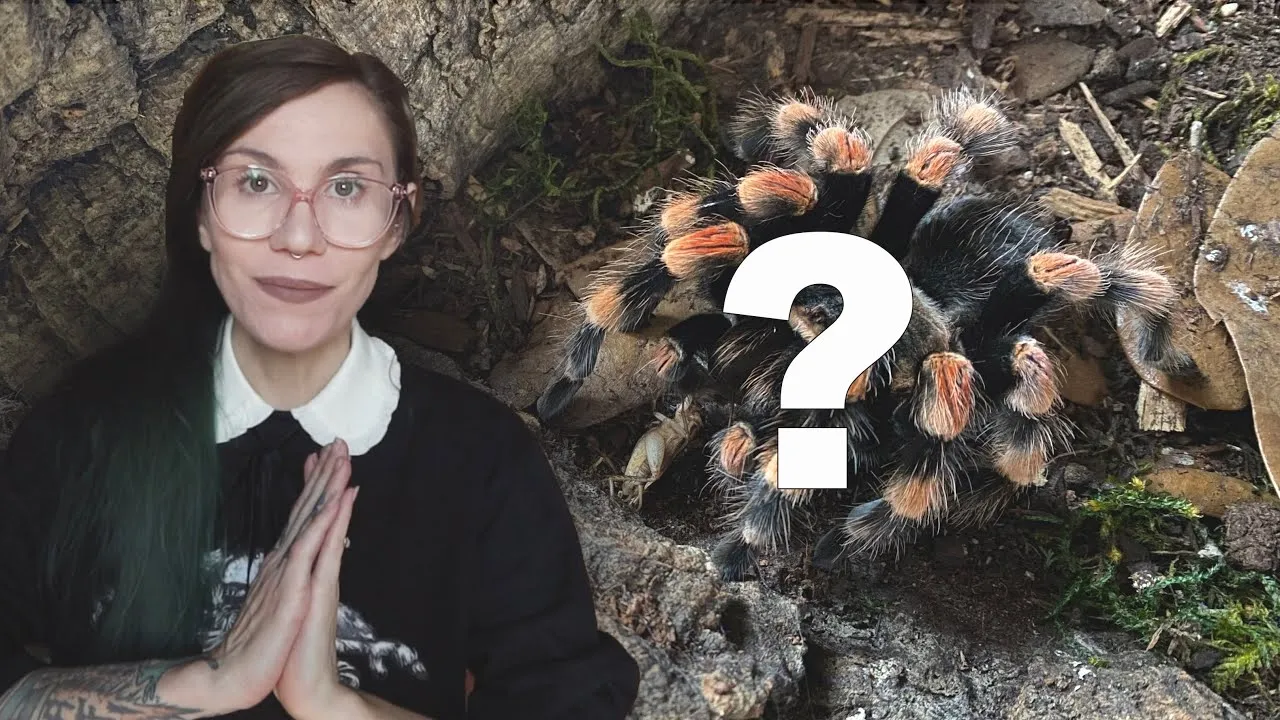
These tarantulas thrive in a terrestrial setup with a substrate of coco fiber or peat moss. They need a shallow water dish and a hide. Maintain a temperature of 75-85°F and a low to moderate humidity. They feed on insects, like crickets and mealworms. They require a secure enclosure with proper ventilation to ensure their well-being.
4. Pinktoe Tarantula
The Pinktoe Tarantula (Avicularia avicularia) presents a different experience from the terrestrial species. With their arboreal habits and colorful appearance, they offer an engaging option for beginners. While they are generally docile, their care requirements are slightly different, including a more humid environment. Their gentle nature and beautiful colors make them an attractive option, but they do need some extra care to thrive.
Appearance and Characteristics
These tarantulas are known for their vibrant colors and unique appearance. They are typically green with pink or red toe pads. Adults have a leg span of about 5-6 inches. They have a moderate growth rate and a lifespan of up to 10 years. Their colorful appearance adds aesthetic appeal.
Care and Habitat
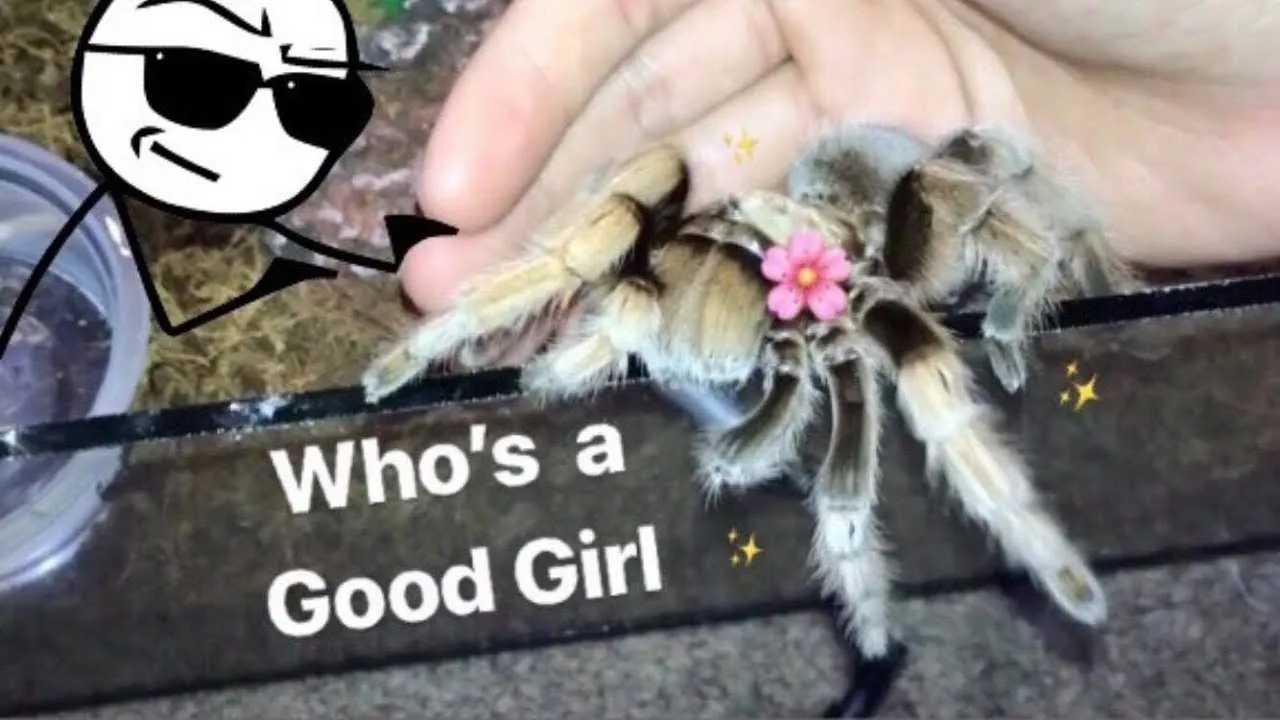
They require a taller enclosure with vertical climbing opportunities. A substrate of coco fiber or peat moss is suitable. Maintain a high humidity level (70-80%) with a water dish and regular misting. A temperature of 75-85°F is ideal. They feed on insects, such as crickets and roaches. They also need plenty of ventilation.
5. Curly Hair Tarantula
The Curly Hair Tarantula (Tliltocatl albopilosus) is another popular choice, appreciated for its docile nature and unique appearance. Their distinct appearance, with brown hairs, makes them easy to identify. They are known for being docile and are typically slow-moving. Their care requirements are quite straightforward, making them a suitable option for beginners.
Appearance and Characteristics
These tarantulas are known for their distinctive curly, brown hairs. They are medium-sized, with a leg span of about 5-6 inches. They have a moderate growth rate and a lifespan of up to 10 years. Their unique appearance adds visual appeal.
Care and Habitat
They require a terrestrial setup with a substrate of coco fiber or peat moss. They need a shallow water dish and a hide. Maintain a temperature of 75-85°F and a low to moderate humidity. They feed on insects like crickets or mealworms. Provide a spacious enclosure and proper ventilation to ensure their well-being. Their straightforward care requirements make them ideal for beginners.
Essential Beginner Tarantula Care Tips
Housing and Habitat Setup
The housing is one of the most important aspects of tarantula care. Select an enclosure that is appropriately sized for your tarantula, considering its adult size. A secure lid is essential to prevent escapes. The type of substrate (e.g., coco fiber, peat moss) should be chosen based on the species’ needs. Provide a hide, such as a cork bark, for the tarantula to feel secure. Ensure adequate ventilation to prevent mold and maintain air quality. A well-designed habitat provides security, comfort, and the right environmental conditions.
Feeding and Diet
Feeding your tarantula is a straightforward process. The diet mainly consists of insects, such as crickets, mealworms, and roaches. The frequency of feeding depends on the tarantula’s age and size, with younger tarantulas needing more frequent meals. Always offer appropriately sized prey. Remove uneaten food within 24 hours to prevent mold and mites. Provide a shallow water dish filled with clean water at all times. Proper nutrition contributes to the health, growth, and vitality of your tarantula.
Water and Humidity
Maintaining proper water and humidity levels is critical for tarantula health. Provide fresh water in a shallow dish, ensuring that it’s always available. The humidity requirements vary between species, so research your specific tarantula’s needs. Use a hygrometer to monitor humidity levels. Mist the enclosure if necessary, especially for species requiring higher humidity levels. Avoid overly wet conditions, as this can lead to mold and other health issues. Regular monitoring and adjustments will keep your tarantula healthy.
Handling and Safety
Tarantulas are best observed rather than handled frequently. Avoid handling unless necessary, and always be gentle. If you need to handle your tarantula, do so over a soft surface to minimize the risk of injury if it falls. Wash your hands thoroughly before and after handling. Be aware of the potential for urticating hairs and defensive bites. Supervise children when they are near the tarantula. Prioritizing safety and understanding your tarantula’s behavior helps ensure a positive experience.
Conclusion
Choosing the right beginner tarantula and providing proper care can be an extremely rewarding experience. With the right species, the right habitat, and a dedication to learning about their needs, new owners can enjoy the fascinating world of tarantulas. By following the guidance provided in this guide, you’ll be well on your way to becoming a successful tarantula owner and enjoying your new pet. Remember to always prioritize your tarantula’s well-being and enjoy the journey.
